When there are so many options for manual health care available today, why would you choose to see an Osteopath?
You have a wide choice here in Australia; osteopathy, chiropractic, physiotherapy, myotherapy, remedial massage, bowen therapy, and the multitude of shopping centre massage studios.
Osteopathy, chiropractic and physiotherapy are the heavily regulated, nationally registered professions with rigorous continued professional development requirements and strict advertising guidelines. Myotherapy follows closely. Massage is a varied industry with everything from relaxation massage to deep tissue to sports massage, pregnancy massage, lymphatic and oncology massage.

What makes Osteopathy unique?
Why might you try Osteopathic care?
Osteopathy comes from a viewpoint of holism. We view the body as a complex, interrelated machine with an incredible self-healing mechanism.
“The body is a unit.”
If part of your body is giving you symptoms (pain, stiffness, inflammation etc) then we want to know WHY. These symptoms occur for a reason. They are your body’s way of talking to you and telling you something needs to change.
If you don’t listen to the whispers, they often become screams.
The niggle in your neck that becomes ‘locked up and spasms’ and prevents you turning your head….. the pain in your back when you bend that worsens and now refers pain down your leg….. that old ankle sprain that flares up from time to time causing you to limp around…
Our Osteopaths have not studied all the other manual therapies so we cannot give huge insight to their rationale.
What we can share is a little osteopathic thinking and help you understand our approach to assessing and looking after your body.
This is a fictional example of what we see most days in our clinic:

Patient presents with stiffness and low grade pain in the lower neck. The area near the top of the shoulder that you naturally tend to rub and squeeze or apply a heat pack to when you’re aware of these feelings. In the past couple of days the pain has changed and is now a sharper pinching feeling when the patient tries to turn her head or bend to one side (particularly tricky when doing a head-check in the car). Sleep has been a bit disturbed because of the stiffness and pain and the patient has taken a couple of painkillers which she would rather not do.
Patient has had 2 children, works part time in an admin role and is generally healthy. She had a mild whiplash injury many years ago as she recalls a few days of soreness after a low-speed car accident. And old ankle sprain from netball as a teenager and pelvic girdle pain during pregnancy have been her only other musculoskeletal concerns.
Non-osteopaths are often consulted to treat this type of complaint too. It’s a really common presentation in males and females, young and old.
Osteopathically, our thought process and assessment goes a little like this…
We want to know how the patient’s upright posture is? How does she hold herself? Are her shoulders sitting in a way that seems neutral and comfortable or are they uneven and perhaps rounded or dragging down?
How about the pelvis and low back? She has a history of pain there….. the pelvis forms the base support for the spine so we need to know if that’s moving well or has considerable asymmetry present…. her old ankle injury comes to mind and a check there shows she is considerably more rotated through the affected ankle with increased muscle tension compared to the other side.
We appreciate that uneven weight-bearing and slightly favouring that sore ankle has been quite a problem for this body and that the low back and pelvis have been under uneven tension as a result.
The spine and surrounding musculature is pretty remarkable at compensating for strain patterns…. the rib cage is quite compressed on one side leading to upper spine movement that is also quite restricted….. muscle tension around the shoulders and lower neck is very high yet the patient is able to hold her head straight. Tension through the front of the neck, around the collarbone and into the jaw in also noted and is quite tender on palpation.

I ask the patient to perform some slow movements of the spine and shoulders and watch the range and quality of the way she moves. Overall her range is very good, but it is uncomfortable for her and the smaller inter-spinal movements are very tense. The patient is a bit surprised at the extent of the findings and is beginning to sense that her body is in fact connected in a myriad of ways….
A few more specific orthopedic tests may be done to complete the examination and firm the diagnosis.
Osteopathic treatment would typically include some muscle work and engagement of the fascia and connective tissues; some joint work through mobilising and stretching. We would work on the lower neck region where the patient first indicated her symptoms; but we also work on the anatomically associated areas. This includes the rotator cuff and adjacent shoulder muscles, the upper neck, the rib cage, collarbones and middle and lower spine.
We allow an hour for an initial consultation so this also gives time to provide quite an extensive treatment.
Through treatment we aim to work WITH the body to help it change….. the techniques may be largely the same as those used by other practitioners but the intent is where the difference seems to lie….
By the end of the treatment the patient will hopefully feel that a holistic approach to treatment has begun. The osteopath should have a firm sense of the treatment plan moving forwards and will now be able to gauge which home exercises to prescribe and how to progress them in coming weeks.
Typically this type of problem may need a few treatments with compliance by the patient at home. Our approach to osteopathy is such that we rarely see the same patient more than once in a week. The integrated, holistic approach to treatment and the home exercises mean your body should be able to ‘unravel’ and change steadily.
Throughout this time of change, some areas (joints and muscles) will begin to work differently. For some people this may cause some new discomfort. Your osteopath will explain how to manage this and what to do if you’re concerned.
What we hope our patients will discover through their experience, is that symptoms are often a representation of several factors and that they, the patient, can largely manage themselves really well when they have the knowledge.

That’s why we discuss the inter-connected nature of the body, and how factors such as posture, repetitive tasks, pregnancy changes or injuries can really influence the health of your body; the importance of how exercise and good nutrition all play a role. How listening to the whispers is important (don’t wait for the screams); and having your team of knowledgeable practitioners to support you in your health is vital.
So that’s it. The best way we can think of explaining WHY you might see an osteopath. It’s not about the soft tissue massage, the stretches, the joints being ‘cracked’, the nerve pathways being ‘opened’ or the variety of impressions people have of manual therapy.
It’s way more than that. In our work, every day is different. Every body is different. Amazing really, considering we’re all made of essentially the same parts…. but HOW those parts work together and the story the body tells is so unique to each of you. Amazing!
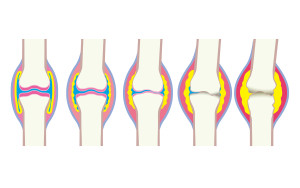
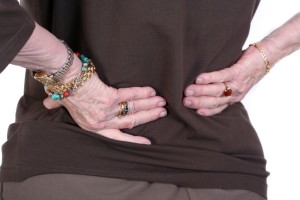
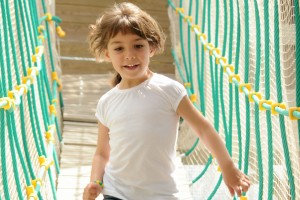
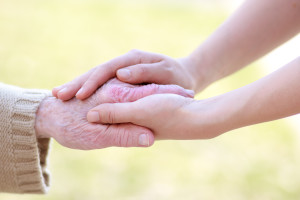




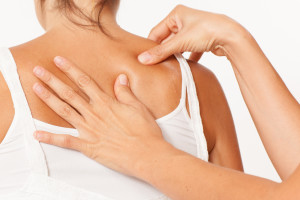
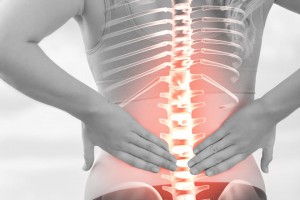


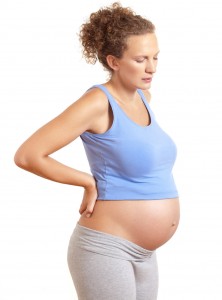 One of the most common presenting complaints in pregnant women is lower back and pelvic pain in one form or another. Research has suggested that lower back pain has been attributed to ligamentous laxity and increase in joint mobility.
One of the most common presenting complaints in pregnant women is lower back and pelvic pain in one form or another. Research has suggested that lower back pain has been attributed to ligamentous laxity and increase in joint mobility.